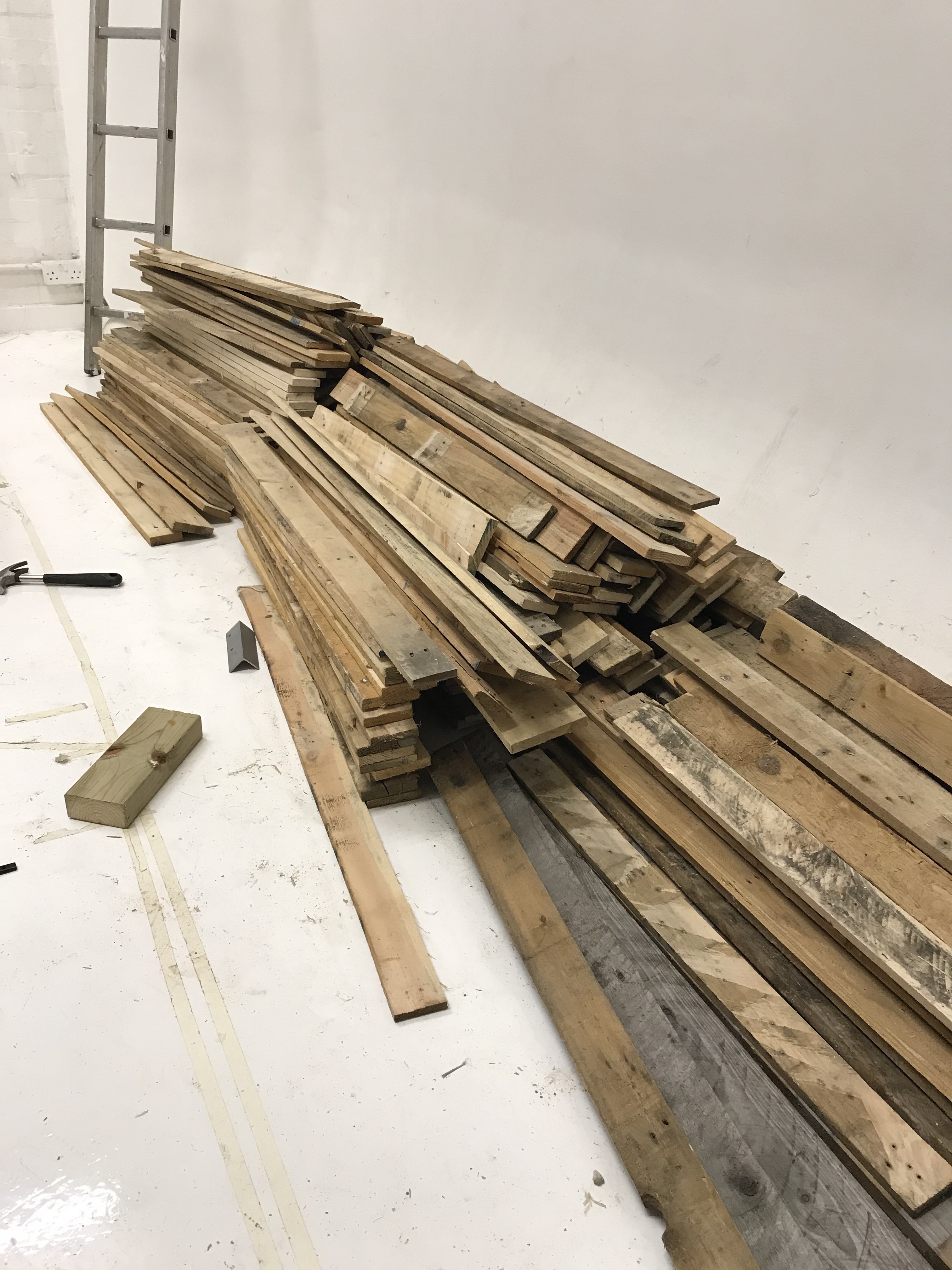

photography by nicolee tsin
#AirWeShare Pollution Pavilion
This Pavilion is a commissioned piece for Hubbub as part of the Air We Share campaign. It was installed in Covent Garden, London, for two weeks in January 2020.
What is it?
The pavilion visualises air pollution levels for NO2 (Nitrogen Dioxide) in London with colours and balloons. Based on data provided by the London Air Quality Network, five London locations picked by Hubbub are categorised as above, at, or below the legal NO2 guidelines levels given by WHO.The pavilion invites the viewer to press one of five buttons; representing either Aldwych, Bowes Primary School, Covent Garden, Russell Square or Barnes Wetlands. Clicking on the buttons changes the colours of the balloons, indicating if NO2 levels are in line with WHO guidelines. The viewer is then invited to walk on the path of the pavilion and be immersed in the data/balloons.


What does the science say?
NO2 is a problematic gas. It is hard to see and to smell, becoming invisible to human perception. Nitrogen dioxide's main source comes from burning fossil fuel. The gas mostly generates from cars and heating, which is why locations next to high traffic roads are often the worst. NO2 is toxic to humans, especially dangerous to asthmatics and can have serious lasting impacts on the lungs. Science and research on this gas are growing every day.To avoid NO2 in cities, Hubbub recommends using side roads. If you would like to reduce your emissions of NO2, you can switch to more public transport and/or your bike!
How was it made?
We prioritised wood as our main building material as it grows by transforming carbon dioxide into oxygen. The inside structure uses FSC certified timber, and the outside wood comes from repurposed pallets from Dorset, England. We sanded each slice of wood separately to help it shine again before coating it with Osmo Natural Oil.The metal floor forge was bought second hand in Rainham from a metal recycling company.
The latex balloons used are biodegradable and are a by-product of rubber trees. Balloons should be disposed of correctly as even though they can biodegrade they do so in specific conditions. For disposal, we send them to Terracycle.
We built the installation is a studio using solar-powered energy.
The pavilion is designed to be continuously reinstalled to reduce waste.












Team:
Creative Director and Producer: Rebecca LardeurCreative Technologist: Alexander Taylor
Physical Computing: Katrin Ho
Carpenter: Theodore Plytas
Spatial Designer: Elisa Frenay
Overnight Cover Designers: Joe Boon and Jus Gunstek
With special thanks to: Patrick Flannery Walker, Henri Holz, Léa Silvestrucci, Barnaby Kass, Sam McDermott, Grace Pappas, Jesse Cahn-Thompson and Alexandra Gribaudi.
Press:
BBC Radio London, ‘Our Planet Matters’Evening Standard, ‘Four out of five Brits worried UK air pollution limits fall short of WHO guidelines’
Customer Experience Magazine, ‘Air Apparent: How Art Installation is Highlighting Health Concern in London’